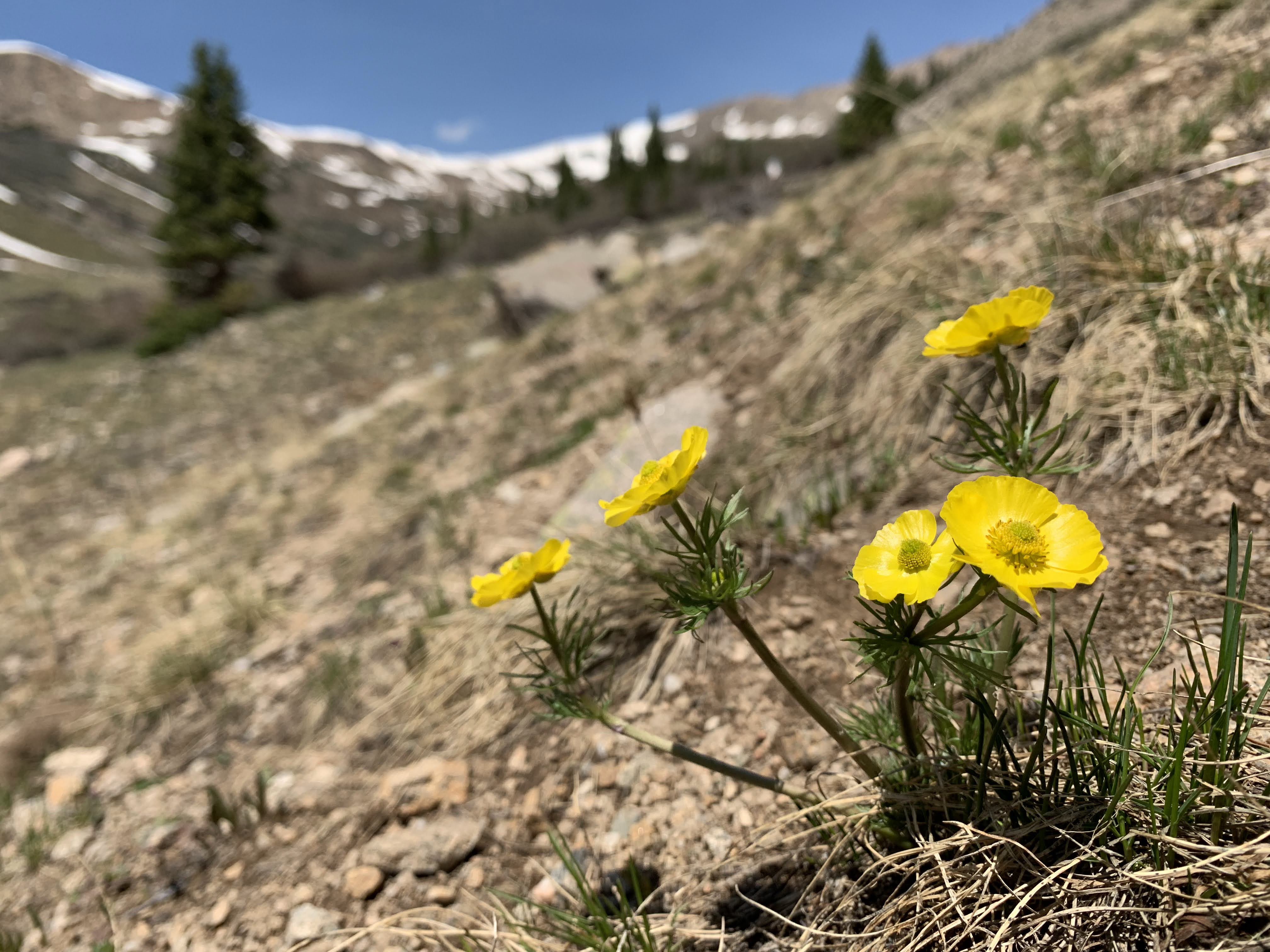OBJECTIVE 2. Conserve alpine plants and their habitats >
TARGET 6:
Conserve at least 25% of all identified North American alpine flora in-situ by 2030.
Following Target 5 identification of IPAs, it will be verified that 25 percent of North American alpine plants are located in protected areas. Areas that are designated as IPAs with low protection designation and areas with high alpine flora diversity not included in IPAs will be targeted for improved protection. Scientists will conduct studies to further clarify life histories of species and floristic inventories that improve understanding of species distributions. Recommendations can then be made for fencing and road closures that enhance protection for individual species where appropriate. This can only be accomplished through collaborative efforts among botanic gardens, scientists and public land management agencies.
Progress
Currently underway!
Approach
“In-situ” means “on-site”, so this target refers to conserving plants in their habitats. Once we’ve identified the alpine Important Plant Areas (IPAs), we’ll target areas that are in low-protection IPAs or not included in IPAs at all for increased protection, whether through additional signage, road closures, fencing, or other protective measures. This can only be accomplished through collaboration with land management agencies and other organizations, and we look forward to working with our partners.
Many alpine plants have recalcitrant seeds, meaning their seeds do not survive the drying and freezing processes used for storage in seed banks. This gap in efficacy highlights one of the many reasons it’s so important to preserve species in-situ. Alpine Buttercup (Ranunculus adoneus), below, is found often at the edges of melting snowbanks and is one example of alpine plants that defy traditional seed banking.

